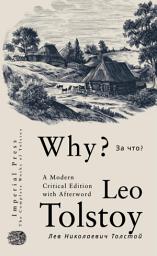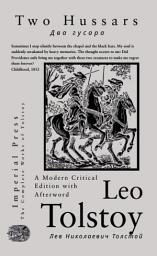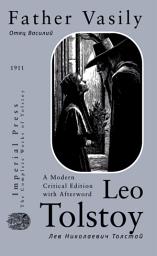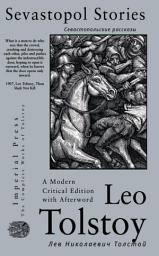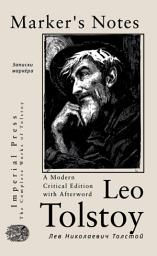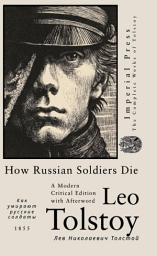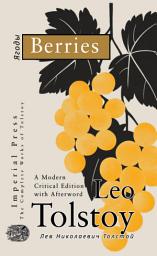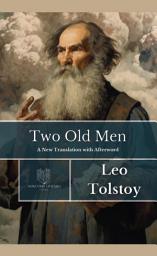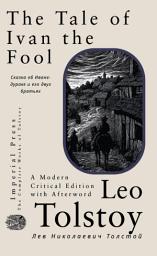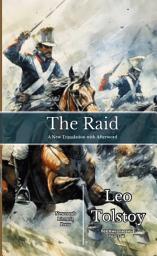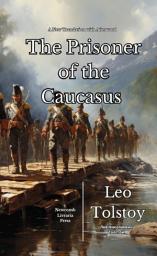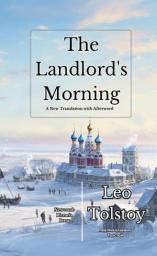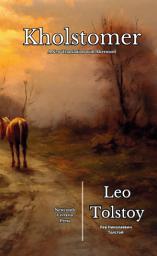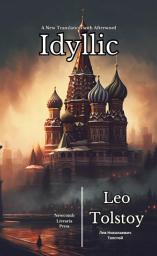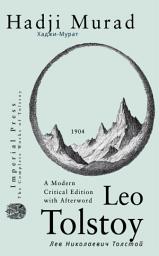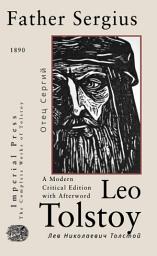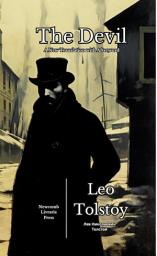The Collected Works of Leo Tolstoy
About this ebook series
This poignant narrative, rooted in a historical Polish uprising, delves into the harrowing fate of exiles, compelling readers to confront the profound injustices of state power and the enduring human quest for freedom and familial bond. Its genesis in a true account underscores Tolstoy's deep engagement with historical suffering.
"Why?", or "За что?" in its original Russian, was conceived between January and April of 1906 and saw publication in the same year within "Круг чтения," Volume II. This story recounts the tragic destiny of Polish individuals, specifically the Migursky family, who were exiled to Siberia following the 1830 Polish uprising against Russian rule. The plot, drawn from S. V. Maksimov's "Siberia and Hard Labor" (1891), features a Polish officer exiled to Uralsk, whose fiancée joins him, leading to their marriage and the subsequent loss of their children. A desperate attempt to escape in a coffin box fails, culminating in his banishment to Siberia, with his wife choosing to follow him into exile. Tolstoy's reliance on historical accounts, such as S.V. Maksimov's "Siberia and Hard Labor," and his specific request for books on the 1830 Polish uprising, underscore his commitment to factual grounding in his social critiques, lending weight to his portrayal of human suffering under state oppression.
This critical reader's edition presents a modern translation of the original manuscript, crafted for the modern reader with clean, contemporary language and simplified sentence structures that clarify his complex Russian phrasing and specific antiquated references. Supplementary material enriches the text with autobiographical, historical, and linguistic context, including an afterword by the translator on Tolstoy’s personal history, impact, and intellectual legacy, an index of the philosophical concepts he employs—emphasizing Existentialism and influence by Schopenhauer—a comprehensive chronological list of his published writings, and a detailed timeline of his life, highlighting the personal relationships that shaped his philosophy.
